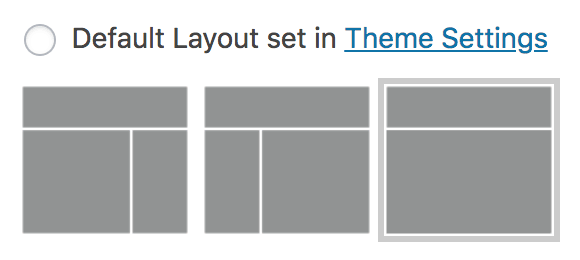The "landing page" template has been removed from version 4.0.0 of all themes. We'll be detailing the change here.

Why Was It Dropped?
Using a different page template (separate PHP files to control layout) causes additional work and confusion. This is fine when it's critically important and the extra work is worth the trade-off, but the landing page template really didn't do anything that the full-width layout option didn't provide.
There's no need to spend hours reading how to use templates and customizing them or trying to remember which pages you've made use that template. It's unnecessary complexity, and offers very low benefit-to-complexity ratio.
With Gutenberg released December 6th, 2018, we're actively culling complexity in order to make food blogging simpler and more effective.
Note: due to the fact that past customers may be using the landing page template, it won't be removed from the theme files yet. We just won't offer support for it going forward. It may be removed in future versions if we get time to test how it gets deprecated.
What is a "Landing Page"?
A landing page is simply the first page your visitors land on when they visit your site. That means every page on your blog is a landing page.
There was (maybe still is?) an idea in affiliate marketing to create "landing pages" in a different sense - those had specific layouts and formatting and were purported to be A/B tested for optimal conversion. If you've ever seen a really cheesy sales page With All Sorts of Weird Formatting For That One Weird Trick and AMAZING CALLS TO ACTION THAT YOU NEED RIGHT NOW then you know what we're talking about. Don't do this.
Yoast has a good primer on real landing pages and how to use Google Analytics to focus on important content.
Designing "Landing Pages" Going Forward
If you want to create a traditional-style "landing page" without your sidebar, then we recommend using the "full width" layout that's already built into the themes.
Since 80% of traffic to most food blogs is now mobile, your content will typically display at full-width anyways.
For 99% of food blogs, the majority of traffic is going to be landing on your recipe pages, where visitors are looking for a specific recipe. Focus on delivering that content and improving your recipe pages, which will in turn drive more traffic and increase pageviews - which is where most income comes from.


Leave a Reply